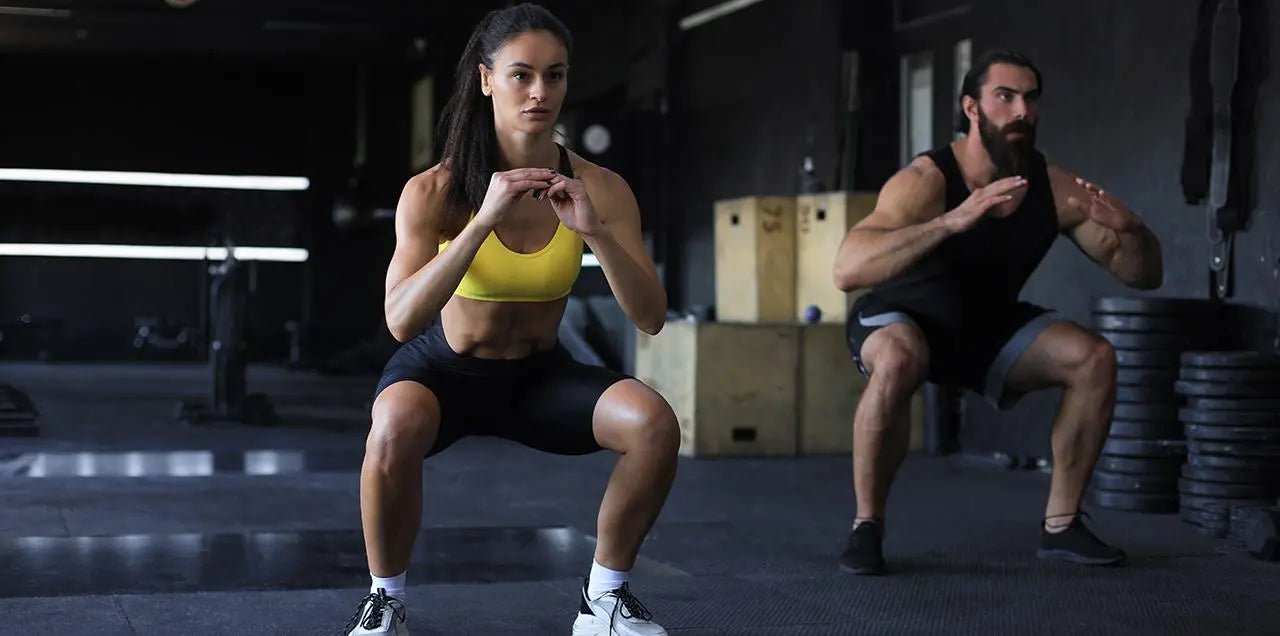
How Much Do You Need to Squat Before Wearing a Lifting Belt?
The world of weightlifting is filled with numerous tools and accessories designed to enhance your performance and protect your body from injuries. One such accessory is the lifting belt. But when should you start using one? More specifically, how much do you need to squat before wearing a lifting belt? This question is often asked by beginners and intermediate lifters alike, and the answer is not as straightforward as one might think.
Understanding the Purpose of a Lifting Belt
Before we delve into the specifics of when to start using a lifting belt, it's crucial to understand its purpose. Contrary to popular belief, a lifting belt is not primarily designed to support your back. Instead, it serves to increase intra-abdominal pressure, which in turn stabilizes your entire midsection and allows you to lift heavier weights safely.
When you wear a lifting belt and take a deep breath before lifting, the belt prevents your abdomen from expanding outward. This forces the air inside your abdomen to press against your spinal column from the inside, creating a natural 'air cushion' that supports your spine and reduces the risk of injury.
Benefits of Using a Lifting Belt
Using a lifting belt can provide several benefits, especially when performing heavy compound lifts such as squats and deadlifts. These benefits include increased lifting efficiency, improved body biomechanics, and enhanced safety.
By increasing intra-abdominal pressure, a lifting belt allows you to transfer more force from your lower body to the barbell during squats. This can result in improved performance and potentially faster strength gains. Furthermore, a lifting belt can help enforce proper form by preventing excessive forward lean and rounding of the back.
When to Start Using a Lifting Belt
Now that we understand the purpose and benefits of a lifting belt, let's address the main question: how much do you need to squat before wearing one? The answer largely depends on your individual circumstances, including your training experience, strength levels, and personal comfort.
As a general rule, many strength coaches recommend starting to use a lifting belt once you can squat around 1.5 times your bodyweight. This is a rough guideline and not a strict rule. Some lifters may benefit from using a belt at lower weights, while others may prefer to wait until they can squat significantly more.
Factors to Consider
Several factors can influence when you should start using a lifting belt. These include your training goals, injury history, and technique proficiency.
If your primary goal is to increase your squat strength as much as possible, using a lifting belt can be beneficial once you start lifting heavy weights. On the other hand, if you're more focused on building muscle or improving your overall fitness, you may not need a belt at all.
Your injury history can also play a role. If you have a history of lower back injuries, using a lifting belt can provide additional support and potentially reduce the risk of re-injury. However, it's important to note that a belt is not a substitute for proper form and technique.
Choosing the Right Lifting Belt
Once you've decided to start using a lifting belt, the next step is to choose the right one. Not all lifting belts are created equal, and the best choice depends on your individual needs and preferences.
There are two main types of lifting belts: powerlifting belts and weightlifting belts. Powerlifting belts are typically wider and provide more support, making them ideal for heavy squats and deadlifts. Weightlifting belts are narrower and more flexible, which makes them more suitable for Olympic lifts and other movements that require more mobility.
Material and Thickness
The material and thickness of a lifting belt can significantly impact its performance and comfort. Most lifting belts are made of leather, which offers excellent durability and support. However, leather belts can be stiff and uncomfortable until they're broken in.
Neoprene belts are softer and more comfortable, but they may not provide as much support as leather belts. When it comes to thickness, thicker belts generally provide more support but can be less comfortable and restrict movement more than thinner belts.
Wondering how tight your lifting belt should be? Check out our article to find out!
Conclusion
In conclusion, there's no definitive answer to how much you need to squat before wearing a lifting belt. It largely depends on your individual circumstances and goals. However, a general guideline is to consider using a belt once you can squat around 1.5 times your bodyweight.
Remember, a lifting belt is a tool that can enhance your performance and safety, but it's not a substitute for proper form and technique. Always prioritize mastering the basics before adding any accessories to your training regimen.






